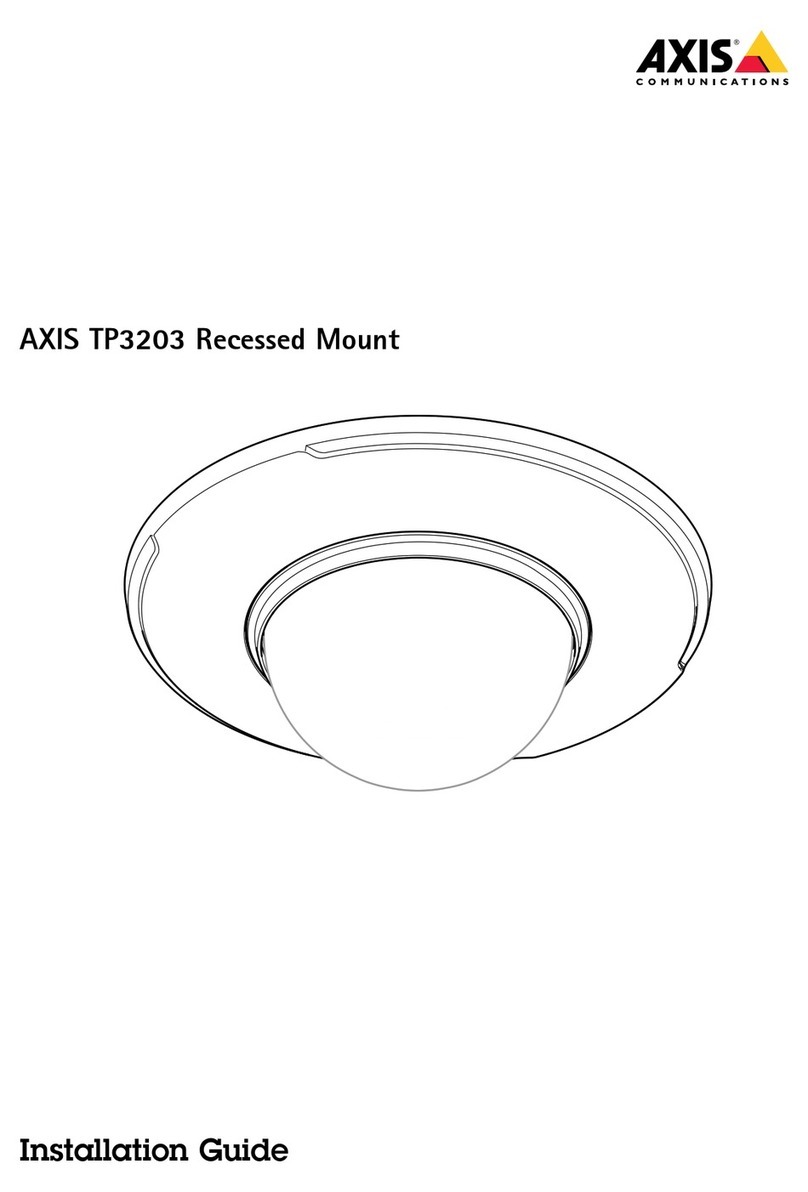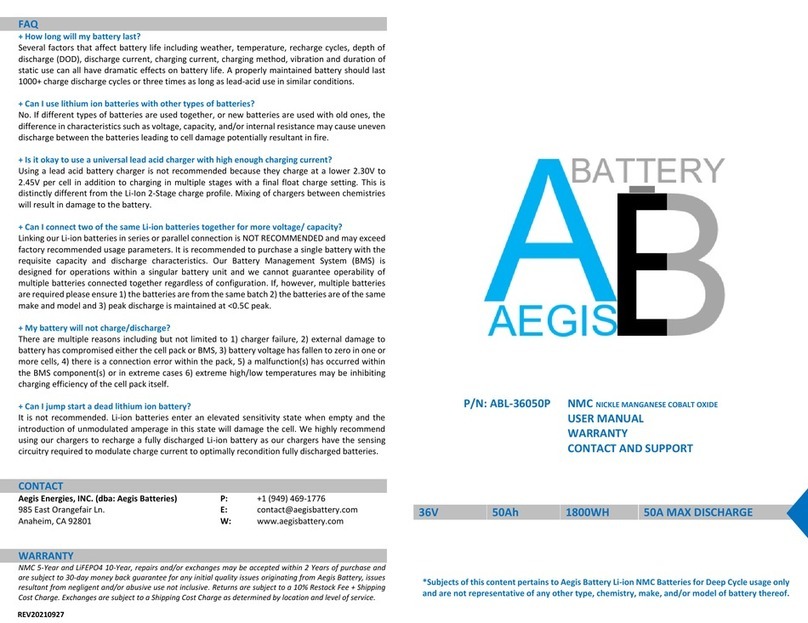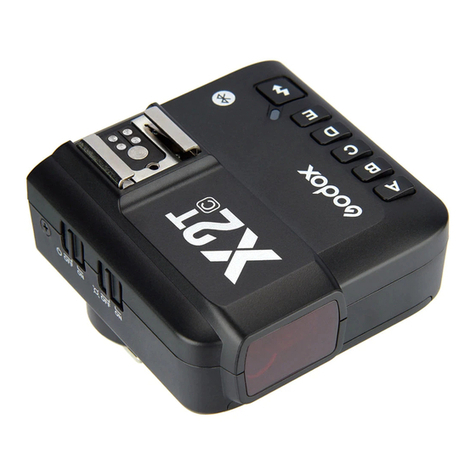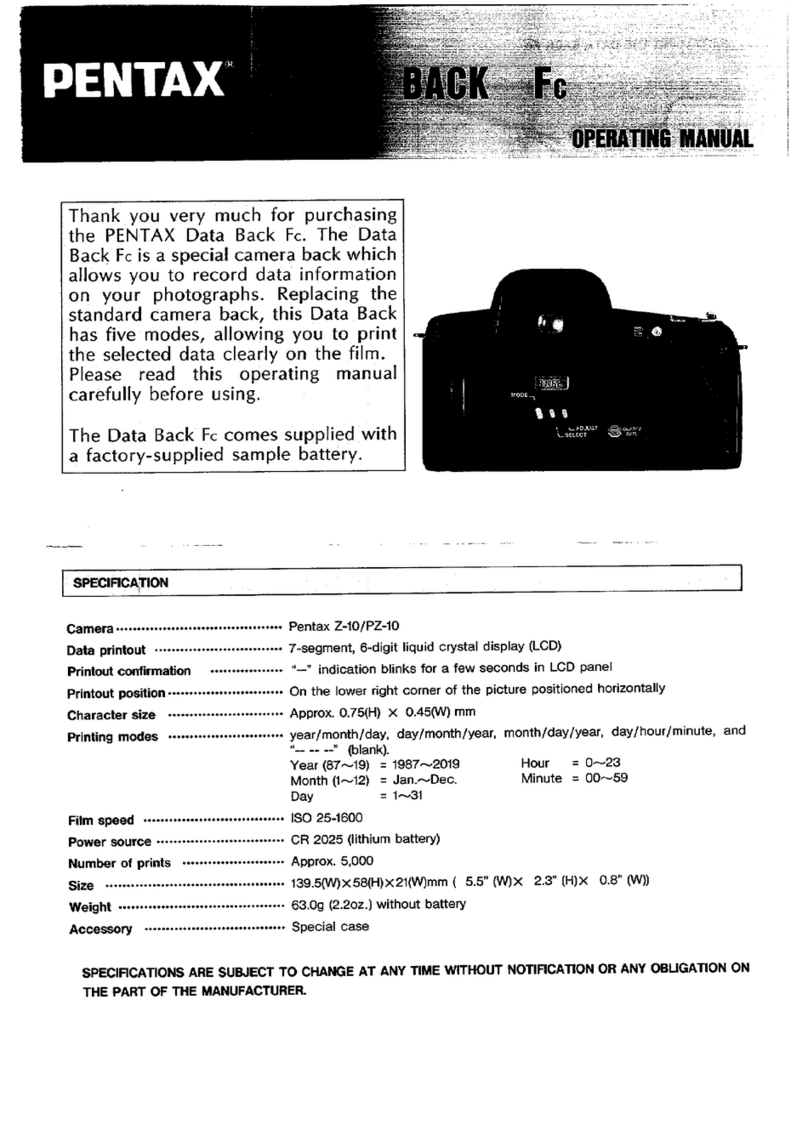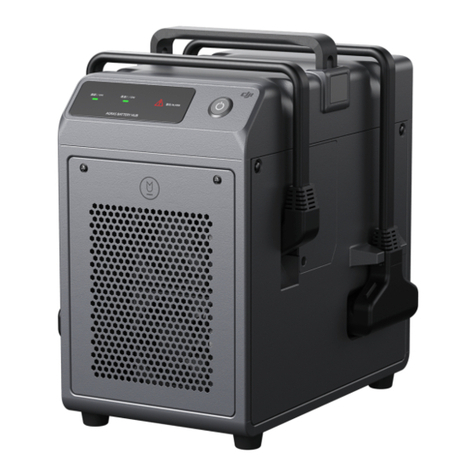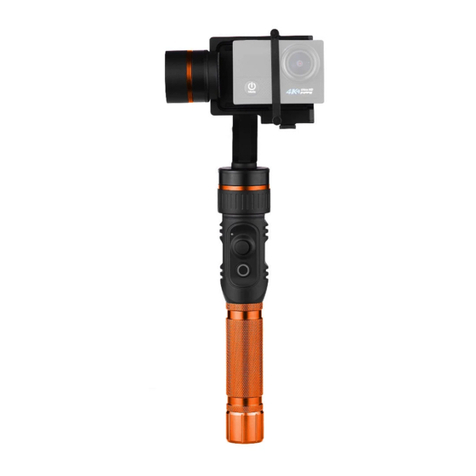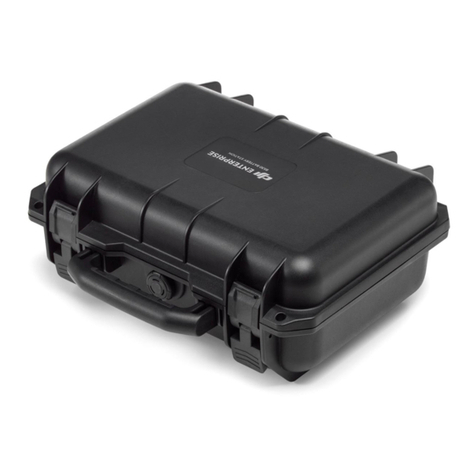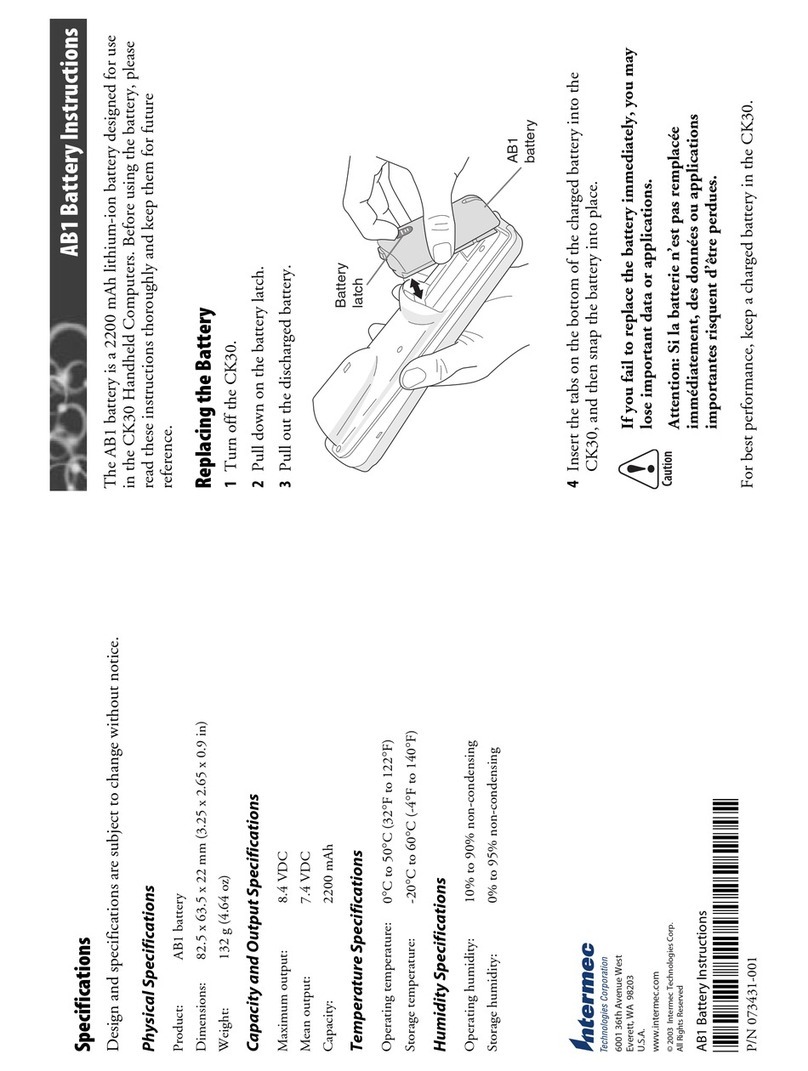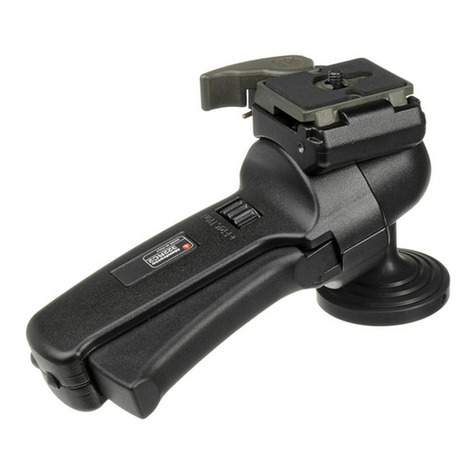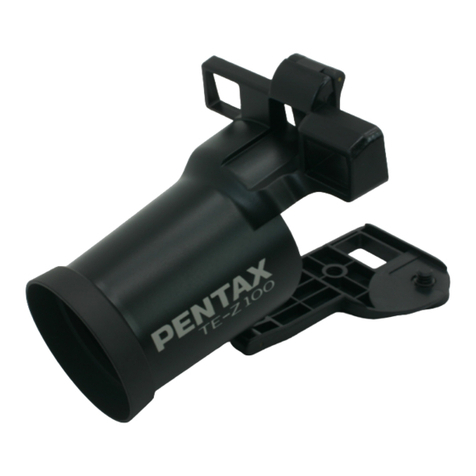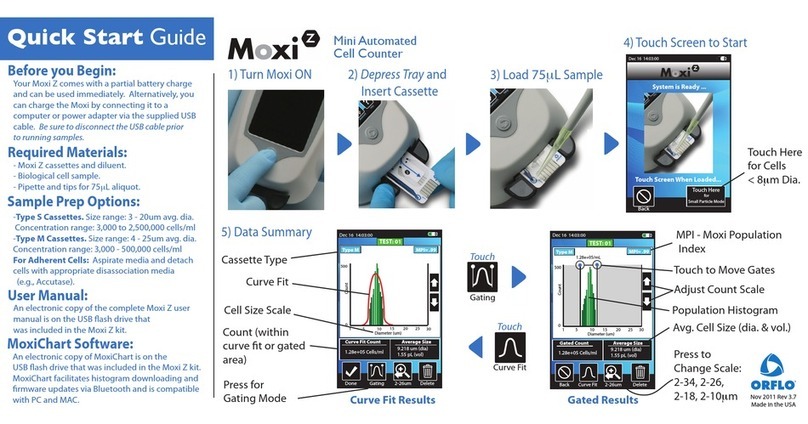SSB SBH User manual

Closed lead batteries consist of cells, which do not
allow re lling with water over the entire service life.
Relief valves are used as sealing plugs, which can
only be opened by destruction.
1. Commissioning
Before the commissioning, all blocks must be checked
for mechanical damage, correct polarity, and tight seat
of the connectors. The batteries must not be installed
at more than 2,000m. The valve cover, which covers
the relief valve, must not be taken off or taped over.
The following torques apply to screw connections:
If necessary, the pole covers are to be placed on.
Connect the battery to the DC supply with correct
polarity when the charging device is switched off and
consumers are disconnected (positive pole on posi-
tive connecting clamp), switch on the charging device
and charge according to Point 2.2.
2. Operation
EN IEC 62485-2 applies to the design and operation of
these batteries. The battery must be installed so that
between the individual blocks an environmental tem-
perature difference of > 3K cannot occur.
2.1 Discharging
The end-point voltage of the battery must not fall
below the discharge current assigned to it. As long
as there are no special instructions from the manu-
facturer, no more than the nominal capacity must be
taken. After discharge, also partial discharge, it must
be immediately charged.
2.2 Charging
All charging methods can be used with their limit
values according to DIN 41773-1 (IU characteristic
curve). Depending on the charging device design
and charging device characteristic curve, alternating
currents ow through the battery during the charging
process, which are superimposed onto the direct
current (< 0.1C(A) effective ripple). These superim-
posed alternating currents and the reactions of the
consumers lead to an additional warming of the
battery and strain on the electrodes with possible
resulting damage (see Point 2.5). Depending on the
system, charging can take place with the following
operating modes (according to VDE 0510-485-2).
(Batteries must not be charged upside down!)
a) Standby parallel and buffer operation
Here the consumers, the DC source and the battery
are continually switched on in parallel. Thereby, the
charging voltage is the operating voltage of the bat-
tery and at the same time the system voltage. For
standby parallel operation the DC source is capable
at all times of supplying the maximum consumer
current and battery charging current. The battery
only supplies current when the AC source fails. The
charging voltage to be set is 2.275V ± 1% (20 °C) x
the number of cells in series connection, measured
on the end poles of the battery. In buffer operation,
the DC source is not able to always supply the maxi-
mum consumer current at all times. The consumer
current intermittently exceeds the nominal current of
the DC source. During this time the battery supplies
current. It is not always charged at all times, how-
ever, the maintenance charge voltage of 2.275V/cell
at 20 °C x number of cells in series connection is
suf cient to ensure a recharge. A consumer-and-
cell-number-dependent tuning should be done in
individual cases with the battery manufacturer.
b) Switching mode
The battery is disconnected from consumers during
charging. To shorten the recharging time, in the rst
charging step the battery is charged with a voltage
of 2.35–2.40V/cell up to a point in time when the
charging current drops to 0.07C(A)(t1). The charging
time of the rst phase is measured to reach this va-
lue. During the second phase of the recharging, a vol-
tage of 2.35–2.40V/cell is used, whereby the rechar-
ging time of the second phase should be 50% of the
rst phase (t2 = 0.5t1). When exceeding t > t1 + 0.5t1
the voltage is reduced to the maintenance voltage of
2.275V/cell (± 1%) at 20 °C.
c) Battery mode (charge/discharge mode)
The consumer is only fed from the battery. The char-
ging method is user-dependent and to be agreed
upon with the battery manufacturer.
2.3 Maintaining the full charge condition
(maintenance charging)
Devices with the speci cations according to DIN 41773-1
must be used. They must be set so that the cell voltage
has an average of 2.275V ± 1%.
2.4 Supplementary and equalising charge
Before the rst commissioning, a supplementary
charge of the batteries must be carried out and
logged. Equalising charges are required after deep
discharge and insuf cient charging. The battery
surface temperature must not exceed 45 °C during
this; if necessary, the charging must be interrupted
or switched to charge maintenance. The end of the
supplementary/equalising charge is reached when
the charge voltage and charge current no longer
show any change within two hours. Batteries, which
are installed retroactively in a battery network as a re-
placement, must be fully charged before installation.
2.5 Superimposed alternating current (AC)
During the recharging up to 2.4V/cell according to
the operating modes Point 2.2, the effective value of
the AC may be brie y 0.1C(A). After recharging and
further charging (maintenance charging) in standby
parallel operation or buffer operation, the effective
value of the AC must not exceed 2A/100Ah nominal
capacity.
2.6 Charging currents
In standby parallel operation or buffer operation
without recharge step, the charging currents are not
restricted. The charging current should be 10A to 20A
per 100Ah nominal capacity (reference value). In cycle
operation, the charging current should not exceed
0.3C(A) (30A/100Ah).
2.7 Temperature
The recommended operating temperature range for
lead batteries is 10 °C to 30 °C. The ideal operating
• Nominal voltage UN: cells 2V blocks 6V blocks 12V
• Nominal capacity C20: 20-hour discharge
• Nominal temperature TN: 20 °C
• Reduction factors: according to EN IEC 62485-2
• Nominal discharge current: IN= I20 CN/20h
Battery manufacturer: SSB Battery Model: SBH
Installation by: on:
Commissioning by: on:
Safety labels applied by: on:
Nominal data
M5 M6 M8 M10
2–3Nm 4–5.5Nm 5–6Nm 14–22Nm
●
●
Observe user manual and place visibly near the battery!
Only work on the battery after instruction by technical specialists!
● Smoking prohibited! Do not bring an open ame, embers or sparks near the battery,
as there is a risk of explosion and re!
●
●
Wear safety glasses and protective clothing when working on batteries!
Observe the accident prevention regulations as well as EN IEC 62485-2!
● Flush out or rinse off acid splashes in the eyes or on the skin with ample clean water.
Afterwards, see a doctor immediately. Wash acid-contaminated clothing with water!
● Risk of explosion and re, prevent short circuits! Caution! Metal parts of the batteries
are always live, therefore do not place any foreign objects or tools on the battery!
● Electrolyte is highly corrosive! In normal operation contact with the electrolytes is
practically excluded. If you have come into contact with the electrolyte, please rinse
thoroughly with water and see a doctor!
● Block batteries/cells have a high tare weight! Make sure of secure placement!
Only use suitable transport equipment.
●
●
Recyclable commodity; does not belong in domestic waste!
Non-compliance with the user manual, the non-use of original spare parts for repairs or
unauthorised interventions void the warranty claims.
●Return to the manufacturer
Used batteries with this symbol are recyclable commodities and must be sent to the
recycling process. Used batteries, which are not sent to the recycling process, must be
disposed of as hazardous waste, in compliance with all regulations.
1
User Manual
Maintenance-free lead batteries in nonwoven
technology, valve controlled (VRLA/AGM)
Type OGiV: SSB SBH

temperature range is 20 °C ± 5K (according to EURO-
BAT). Higher temperatures shorten the service life.
The technical data applies to the nominal temperatu-
re of 20 °C. Lower temperatures lessen the available
capacity. Exceeding the limit temperature of 50 °C
is not allowed. Continuous operating temperatures
over 40 °C must be avoided.
2.8 Temperature-dependent oat charge voltage
and quick charge
The maintenance charge voltage of 2.275V/cell ± 1%
refers to a battery temperature of 20 °C. A temperature-
guided voltage compensation of the maintenance
voltage is necessary to compensate for an overcharge
with higher temperatures and an undercharge with
low temperatures. The recommended compensation
factor is -3mV/cell/V °C for the oat charge voltage
state. To avoid a “thermal runaway”, the oat charge
voltage with temperatures of 30 °C and up must in all
cases be compensated for guided by temperature.
The strong charging process can be used, if a quick
charge is required. Thereby the charging current
of 0.25C(A) should not be exceeded and reduced
constantly to below 0.01C(A). When 0.01C(A) is
reached, it should be switched over to oat charge
voltage.
2.9 Electrolyte
The electrolyte is diluted sulphuric acid and bound
in eece.
3. Battery care and control
The battery must always be kept clean and dry, to
prevent leakage currents.
The cleaning of the battery should be carried out
according to the ZVEI datasheet “Cleaning of batte-
ries”. Plastic parts of the battery must only be cleaned
with water without additives; the use of organic clea-
ning agents is not advised. At least every 6 months the
following should be measured and recorded:
- Battery voltage
- Voltage of some cells/block batteries
- Surface temperature of some cells
- Battery room temperature
If the cell voltage deviates from the average mainte-
nance voltage by ± 0.1V/cell, or if the surface tem-
perature of various cells/blocks deviates by more
than 5K, customer service must be requested. To be
measured and recorded annually:
- Voltage of all cells/block batteries
- Surface temperature of all cells
- Battery room temperature
- Insulation resistance according to EN 60896-21
Annual visual inspection of:
- the screw connections, unsecured screw connec-
tions must be checked for a tight t
- the battery placement and/or housing
- the aeration and ventilation according to EN IEC 62485-2
4. Tests
Tests should proceed according to EN 60896-21,
special test instructions, e.g. according to EN 50172
and VDE 0100-710, must also be observed. Also
refer to the mentioned EN standards. To ensure a
reliable current supply, the entire battery should
be replaced after the expected service life, taking
into account the conditions of use and tempera-
tures.
5. Faults
If malfunctions of the battery or the charging device
are detected, customer service must be contacted
immediately. Measurement data according to Point 3
simplify troubleshooting and fault elimination. A main-
tenance and service contract facilitates the timely
detection of faults.
2
6. Storage and decommissioning
If cells/batteries are stored or taken out of service
for a longer period, they must be stored fully charged
in a dry, frost-free area. To prevent damage, main-
tenance charges should be carried out according
to Point 2.4.
7. Transport
AGM batteries are not hazardous materials as long
as they are protected from short circuits, slipping,
falling and damage (Gefahrgutverordnung GGVS –
Hazardous Material Ordinance, Vol. no. 2801a). This
applies to roads, trains, sea freight and air transport,
as well as according to the regulations of IATA (Regu-
lation A67), ADR (Regulation 598), IMDG (Regula-
tion 238.2) and UN 2800 Special Provisions. There
should be no hazardous traces of acids on the out-
side of the shipping packages. For all closed batteries
and cells, whose containers are leaking or damaged,
the corresponding exemption regulations apply.
Temperature
(°C)
Charging
voltage quick
charge (V/Z)
Maintenance
charge voltage
(V/Z)
-10 2.53 2.36
02.48 2.33
10 2.45 2.30
20 2.40 2.28
30 2.37 2.24
40 2.34 2.21
8. Technical data
Capacities (Cn) for various discharge times (tn), up to the indicated end-point voltage (US) for battery
temperature of 20 °C
Designation 5min 10min 15min 20min 30min 60min 90min
Model SBH C1/12 (Ah)
1.80V/Z
C1/6 (Ah)
1.80V/Z
C1/4 (Ah)
1.80V/Z
C1/3 (Ah)
1.80V/Z
C1/2 (Ah)
1.80V/Z
C1 (Ah)
1.80V/Z
C1 ½ (Ah)
1.80V/Z
SBH 190-12 0.74 2.24 2.59 2.78 3.02 3.47 3.74
SBH 200-12 1.41 2.03 2.35 2.52 2.75 3.16 3.40
SBH 300-12 2.53 3.66 4.24 4.54 4.95 5.68 6.12
Battery-Kutter
Battery-Kutter GmbH & Co. KG
Robert-Koch-Straße 19a · D-22851 Norderstedt
Phone: +49 40 611 631-0 · Fax: +49 40 611 631-79
Email: info@battery-kutter.de
www.battery-kutter.de
Subject to technical changes.
As at 08/2022
This manual suits for next models
3


